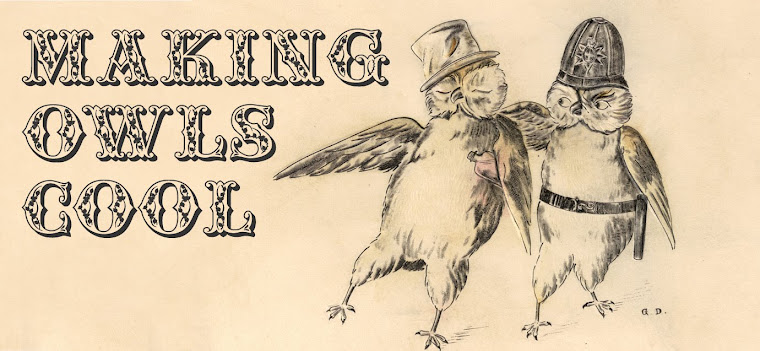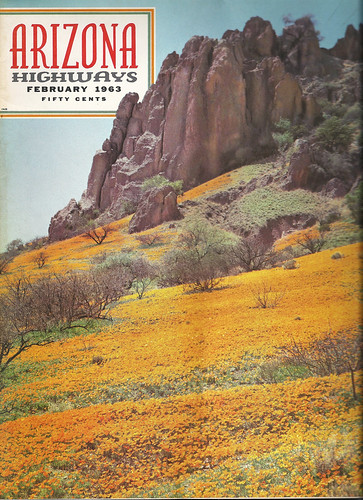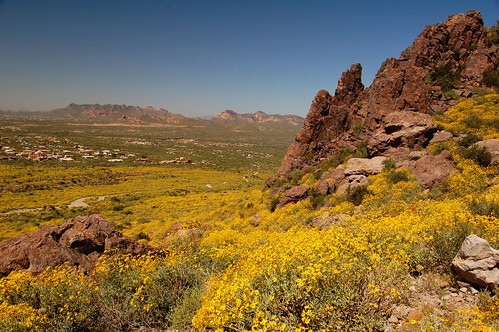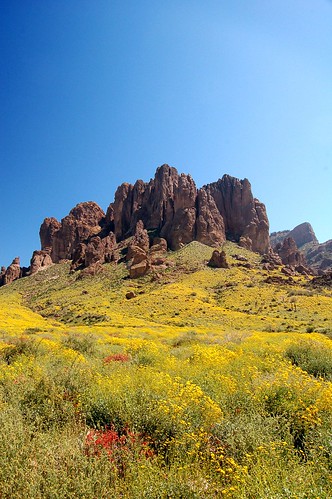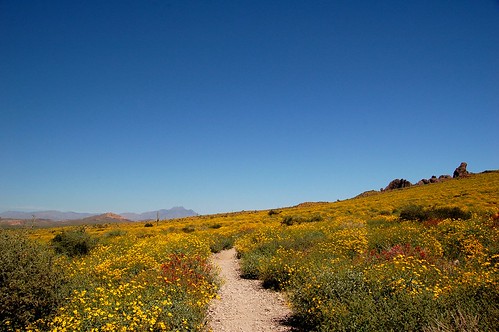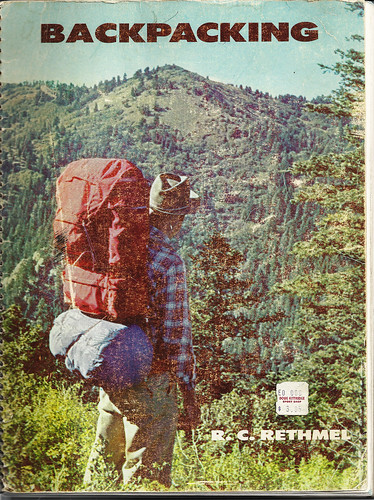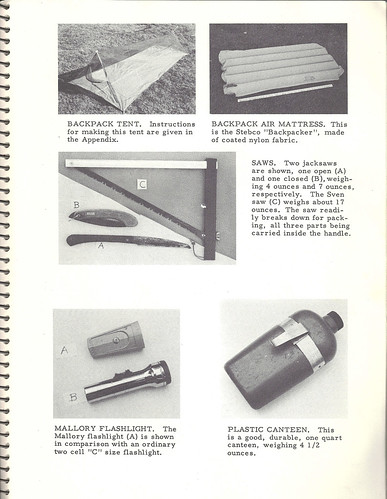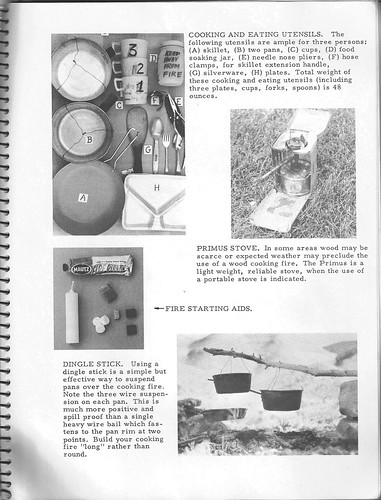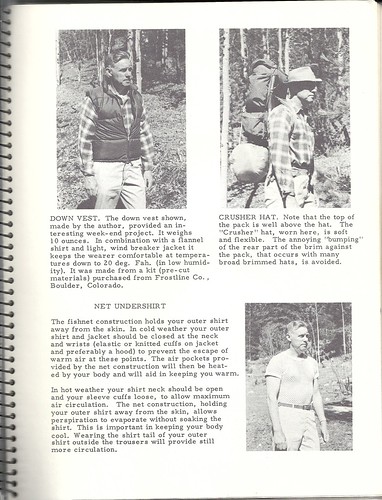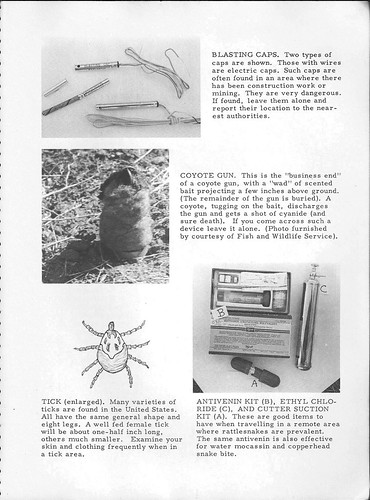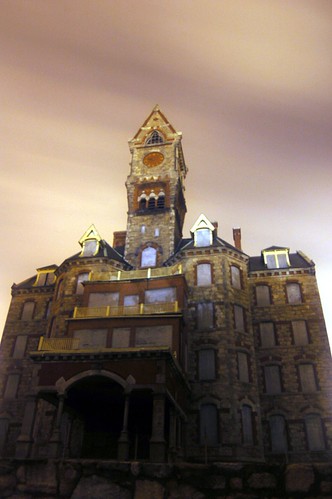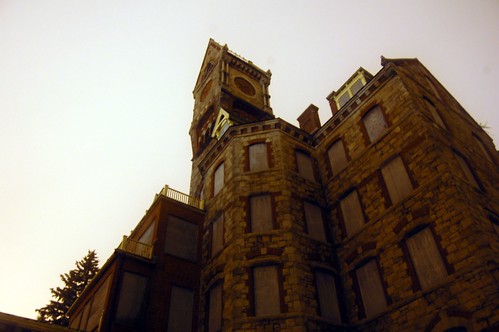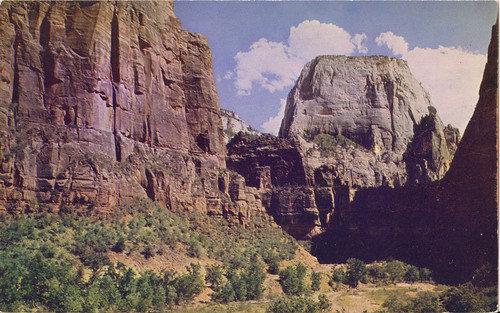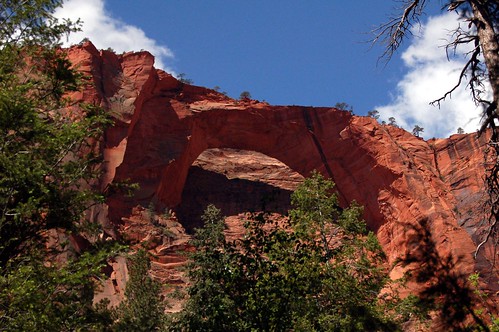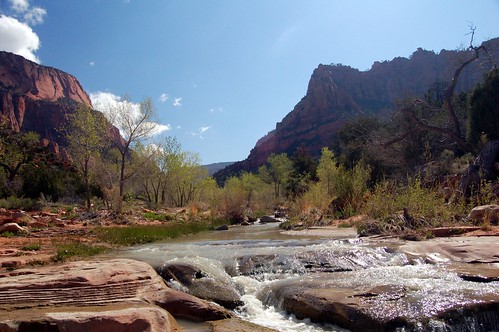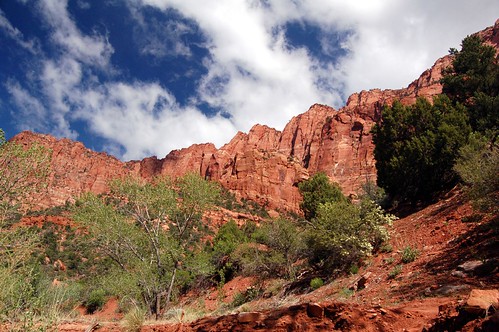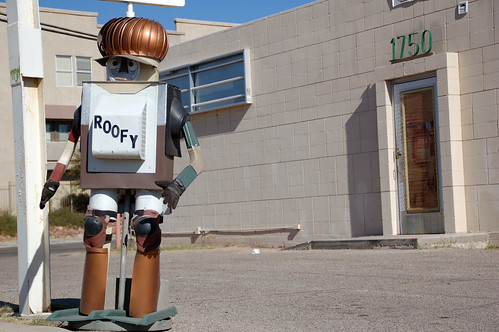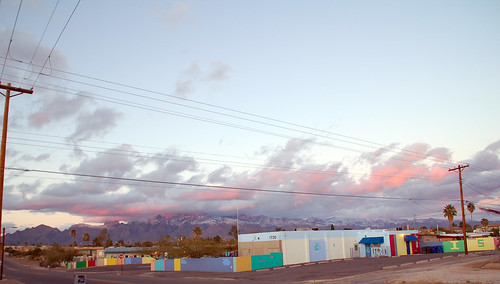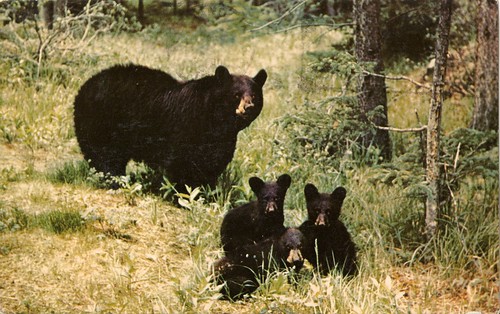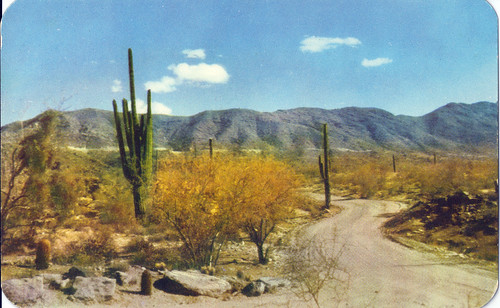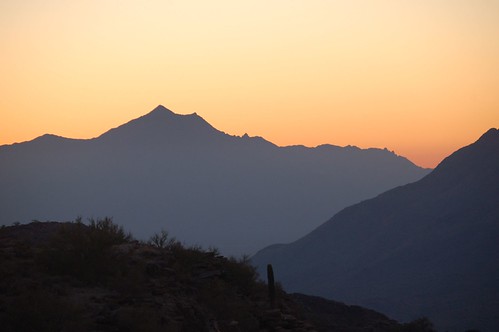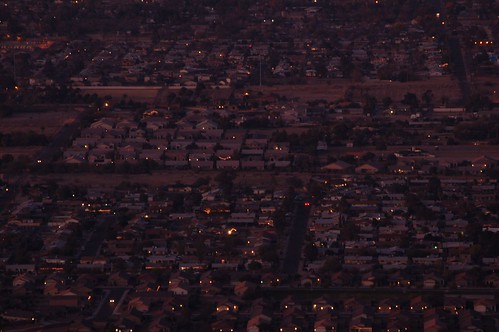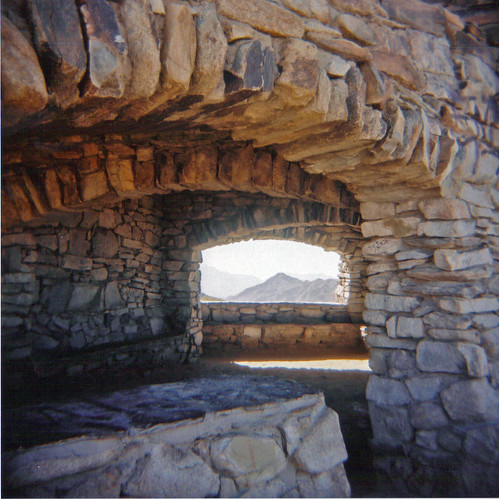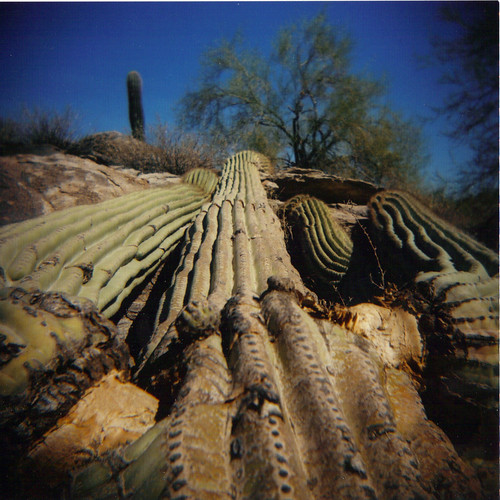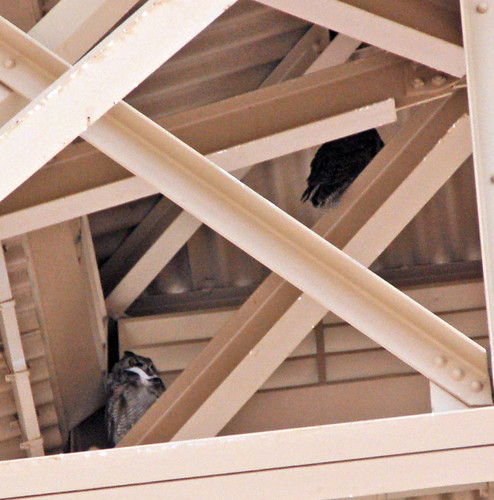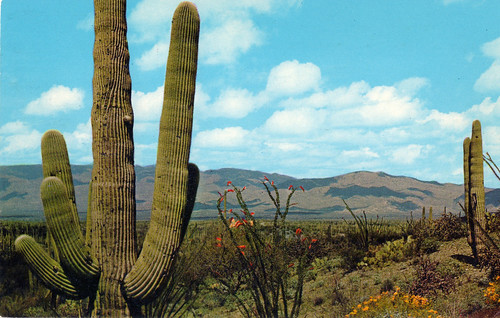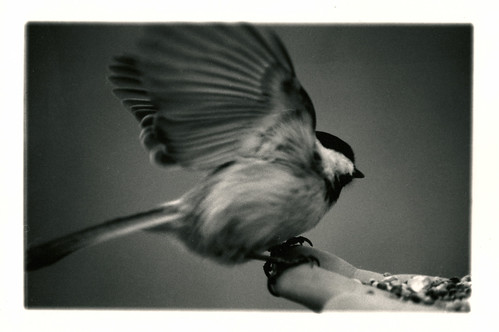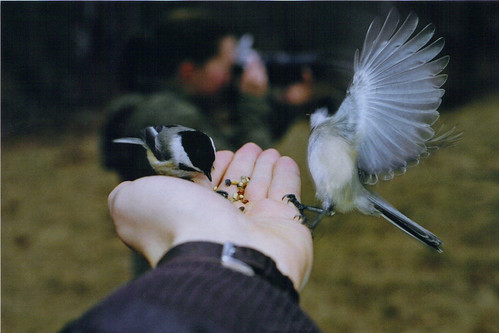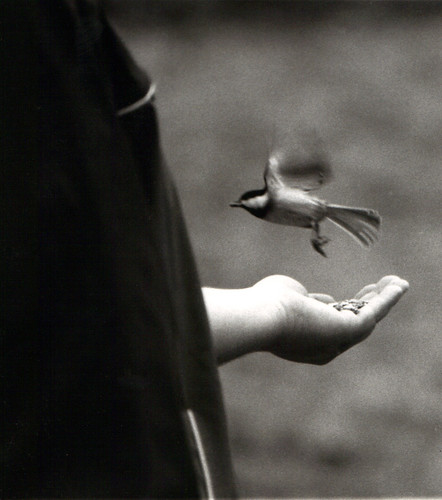Our cat, Ishmael, is very sick. We brought him to the veterinarian on Sunday because he vomited several times. They ran some tests and sent him home with antibiotics. By Wednesday, he still refused to eat and slumped lethargically around the house. Lethargy is not in Ishmael's character. Erin returned to the vet and they ran blood tests. His renal levels checked in at sky-high levels, indicating that his kidneys were in serious distress. The vet told Erin our last hope was to bring him to the emergency specialist veterinary hospital.
I was over a hundred miles away in Tempe. The ride between Tempe to Tucson, though always long, felt so much longer. Erin explained the situation to me on the phone as best she could and I drove straight to the hospital. Over the last two days they've pretty much ruled out kidney infection, cancer, toxin, or chronic kidney disease. They're run several tests and determined that his left kidney is damaged, but retains some function and his right kidney is most likely non-functional. This is probably the result of some sort of a blockage in his ureters. Right now the little fellow is still at the vet on an I.V. getting a lot of fluids.
Ishmael's renal levels are on their way down (it seems) and, though they don't know the cause of his kidney failure, they now think it's acute kidney failure. The most likely situation is that his levels will stabilize to some degree and then we will take him home and give him subcutaneous fluids for awhile, possibly forever, to help his kidney's filter toxins. Such a regiment may or may not work. This whole experience, which is still not over, has been a nightmare - emotionally and financially.

I don't often post things this personal on Making Owls Cool; I struggled whether to post this at all. Yet, coming so close to losing Ishmael makes me want to put him in a space where I can think about him and us - owners and cats - and so I've decided to share a bit about him today. The logistics first, he's a five-year-old
ragdoll cat. He's never been the healthiest kitty. He's always been on a special diet and his body reacts terribly to vaccinations. Nevertheless, he's spunky and inquisitive, constantly involved in what's going on and fairly talkative. He likes to play and he liked to get pet, like most kitties do, but, being a ragdoll, he's he depends upon being near us. He follows us room to room and loves accompanying us into the bathroom. In fact, that bathroom is his favorite room in the house.

I'm working on my PhD in literature, so I'm home a lot. I'm always reading or typing and Ishmael is always with me. Erin and I don't have children, and our other cat, Razzle, likes her own space more than Ishmael. Erin, who is working on a school psychology degree, is home fairly frequently as well. That means that a lot of time to spend with a cat who will take all the time you can give. Since he's been in the hospital, I find myself doing unnecessary habitual things like leaving the bathroom door open a crack in case the cat wants in, or checking behind my feet so I don't step on him, or making room next myself on the couch where he usually lies down. Needless to say, we're quite attached to him.
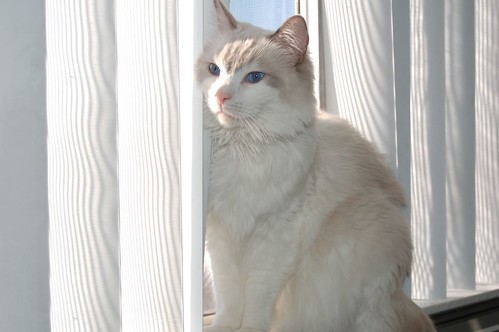
There is something really unnatural in the bonds people develop with their pets. We're social and dependent on each other, but somewhere our evolutionary need for interdependence went a bit awry and we started to extend our need for companionship onto domesticated animals - most often cats or dogs - and develop emotional bonds with them that are nearly as strong as with other people. The problem is, of course, that animals lack the language abilities to define themselves to us as we can can define ourselves to one another. Certainly, they have individual personalities, but it's easy to project as much emotional dependence as you want onto a willing recipient who can't challenge you with words. Whether it's breeding, natural evolution, or Stockholm syndrome, our animals love us back, making our attachments that much stronger. The second problem with our pet bonds is that we become responsible for the well-being of another animal with a life-expectancy often much shorter than our own. People lose each other, too, of course, but there is a certainty to losing a pet that must be repressed and ignored.
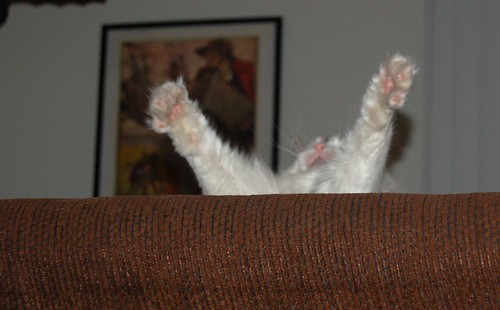
Ishmael's future remains uncertain, yet, at this point, there's enough going for him for us to be tenuously hopeful. He has suffered irreparable kidney damage, but, with time and lots of fluid, his remaining functioning kidney may be able to adapt and take over enough of the lost function for him to live comfortably with us for a while longer. He's another life that we bought simply to love and he's returned that feeling for five great years. I'm going to get some lunch and head down to the vet hospital to spend some time with the little guy. If you read this, keep him in mind, and hug your pet an extra time today.
Update 2/7/10: Ish came home because the vet couldn't get his renal levels down any further. He's on a phosphorus blocker, acid blocker, antibiotic, and we have to inject him with subcutaneous fluids twice a day. Though his kidney values are still very high, he's acting really good, eating well, and seems glad to be home. Razzle is none to happy to see him though...
Update 2/14/10: Ish's first week at home has been a success, more or less. His levels continue to drop, we've limited the amount of acid blockers and phosphorus blockers down to once a day, and he's gone from needed 200 ml of subcutaneous fluids a day down to only 100 ml. That's a substantial drop. Our biggest issue is with his food. He's been eating Hill Prescription Diet W/D for his entire life, but now he's supposed to eat the K/D, which is the kidney diet. Only thing is he hates K/D and love W/D or Razzle's Iams hairball. It's tough to get him to eat the K/D and he's not supposed to have other foods. I wish you could reason with cats.
Update 2/21/10: When we took Ishmael home from the vet, we were told he would probably not be the same energetic cat we'd known before his kidney failure. Boy, was that wrong! Ishmael's renewed vigor is astounding. He LOVES his new dry K/D food if we mix a bit of water in to soften it up. He's eating like crazy. In fact, he's more energetic now than he has been in months or maybe even a year. This makes us really excited, but it's a little sad to know that he was probably feeling lousy for a long time and we had no idea. He's still on subcutaneous fluids, acid blocker, and phosphorus blocker. They've become a short part of our daily routine. We'd love it if we discontinue these things, but if not, it's no big deal. This will be my last kitty update on this post. I'd like to leave end this chapter with the picture of a recovered, energetic cat. Thanks for reading.



